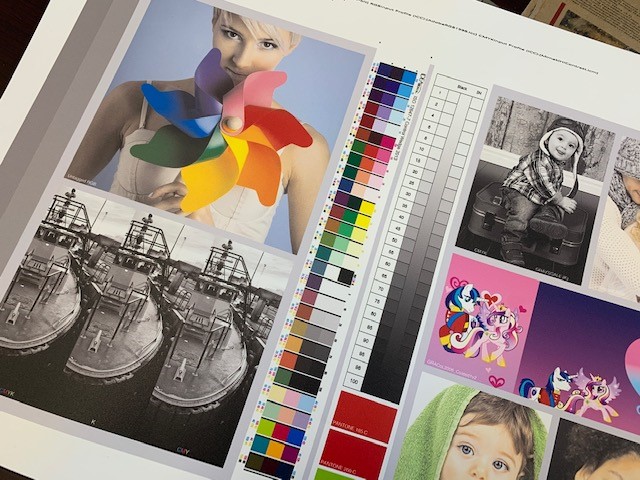APS22 is pleased to share Millcraft’s insightful article on opportunities and tips for expanding your business into the wide-format arena.
A projected $11.4 billion market by 2026, get the straight skinny on going wide.
It’s no longer a question of whether or not your commercial print company should invest in wide-format printing. As Mike Barrett, wide-format sales manager and large-format specialist at Millcraft, says, “Anyone who is in the print business has a need for this segment. Wide-format is not going away; it’s only going to get bigger.”
According to a recent report from B2B research provider MarketsandMarkets, the wide-format production market is projected to reach $11.4 billion by 2026 from $8.8 billion in 2021. Huge opportunity abounds, yet with a “wide” investment window, ranging from $25,000 to $2 million and beyond, it’s imperative that your company enters the wide-format market with the right equipment that will meet your demand – and deliver ROI.
With more than 25 years of experience in the wide-format industry, Barrett understands the questions that arise around cost, equipment needs, and profitability in wide-format printing. He managed print shops for many years before transitioning to distribution. Barrett offers the following tips to companies looking to take their first strategic steps into the largely growing market that is wide format printing.
Assess the Actual Needs of Your Customer Base
Talk with your top 10 customers – and ask them for specifics. If you ask your customers whether they have wide-format printing needs, they may say no simply because they don’t connect ‘wide-format printing’ with the posters, tradeshow signs, retractable banners, and canvases that they are likely already selling (and getting done by other printers). Barrett says a Millcraft customer recently discovered that 80 – 90 percent of its customer base was using wide-format print products. Find out what your top 10 customers are doing, what they would like to do more of, and how you can help them do it for less.
Look at Outsourcing to Gauge Your Investment
See the numbers for what they are: the amount your company has outsourced over the last two to three years is an accurate indicator of your wide-format printing needs. For example, Barrett says a company may think they want a $500,000 elaborate setup. Yet, if they’ve only outsourced $20,000, the ROI on spending $500,000 will be 5 years or more. Barrett doesn’t recommend ROI greater than 2 to 2.5 years, considering that technology and equipment needs change over time.
On the flip side, “It would be a mistake to go in with entry-level equipment if you or your clients are currently outsourcing $300,000 to $400,000 in wide-format printing already. If you buy the next level up, you can increase your output and get a bigger return on investment,” Barret says. Investment costs are highly variable, with entry-level ranging from approximately $30,000 to $200,000.
Lead Lean with Plans to Expand
When entering the projected $11.4 billion market of wide-format printing, the tendency is for companies to try to do it all, offer it all – and right at the onset. Rather, Barrett recommends that companies choose five core items to begin. “Start out with the basics, become an expert in what you offer before expanding into every market,” Barrett says. He advises companies to offer posters, banners, adhesive vinyl for decals and wall murals, and yard signs. Barrett has customers choose their fifth, which is often retractable banners and canvases.
“You don’t have to be everything to everyone in order to succeed with wide-format printing,” Barrett says. He describes, for example, a longstanding Millcraft customer who has experienced consistent growth within the wide-format industry. As a three-person operation in 2006, ProSign Studio started out in a small, cinder block workshop — and invested approximately $18,000 into one wide-format machine. Diligent about each next investment over the years, conservative even, they continued to meet demand with quality products as they created more demand. In 2020, nearly 15 years from their initial entry into the wide-format market, the company purchased a 3,000-square-foot facility necessary for their wide-format printing equipment that’s grown to include: two Mutoh and one Mimaki roll to roll printers, a Vanguard flatbed, Summa router, and a CWT work table.
“Year over year,” Barrett says of ProSign Studio’s investment into wide-format printing, “they’re consistently above.”




